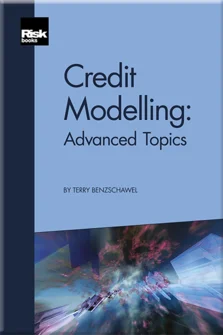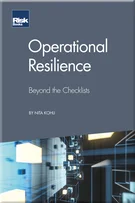Credit Cycle-dependent Stochastic Credit Spreads and Rating Category Transitions
Credit Models Past and Present
Credit Models: Looking to the Future
Predicting Annual Default Rates and Implications for Market Prices
An Ensemble Model for Recovery Value in Default
The Corporate Bond Credit Risk Premium
The Credit Default Swap Risk Premium
The Municipal Build America Bond Risk Premium
Predicting Bank Defaults
Beating Credit Benchmarks
Hedging the Credit Risk Premium
Managing Pension Fund Liabilities
Credit Cycle-dependent Stochastic Credit Spreads and Rating Category Transitions
Managing Systemic Liquidity Risk: Systems and Early Warning Signals
This chapter will present a method for calculating value at risk (VaR) for corporate bonds using simulation methods. The simulations involve adjusting historical credit-state transition matrices for changes in default rates, ratings upgrades and downgrades, and credit spread changes as they occur over the credit-cycle dependant credit state. Transition matrices are constructed at monthly intervals out to one year, and annually out to five years thereafter. Average physical default probabilities were obtained by rating and tenor from the market-implied PD model of Benzschawel and Assing (2012), and ratings from one to five years were generated stochastically based on historical patterns of observed default rates. The time series of credit-state transition matrices were generated by inferring ratings upgrades and downgrade from estimates of the existing overall default rate referenced to historical upgrade/downgrade ratios. These economic cycle-adjusted transition matrices can be used to infer likelihoods of transitioning among various credit states given market conditions.
Given the
Copyright Infopro Digital Limited. All rights reserved.
As outlined in our terms and conditions, https://www.infopro-digital.com/terms-and-conditions/subscriptions/ (point 2.4), printing is limited to a single copy.
If you would like to purchase additional rights please email info@risk.net
Copyright Infopro Digital Limited. All rights reserved.
You may share this content using our article tools. As outlined in our terms and conditions, https://www.infopro-digital.com/terms-and-conditions/subscriptions/ (clause 2.4), an Authorised User may only make one copy of the materials for their own personal use. You must also comply with the restrictions in clause 2.5.
If you would like to purchase additional rights please email info@risk.net










